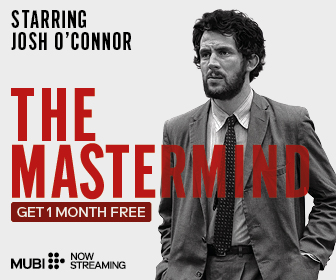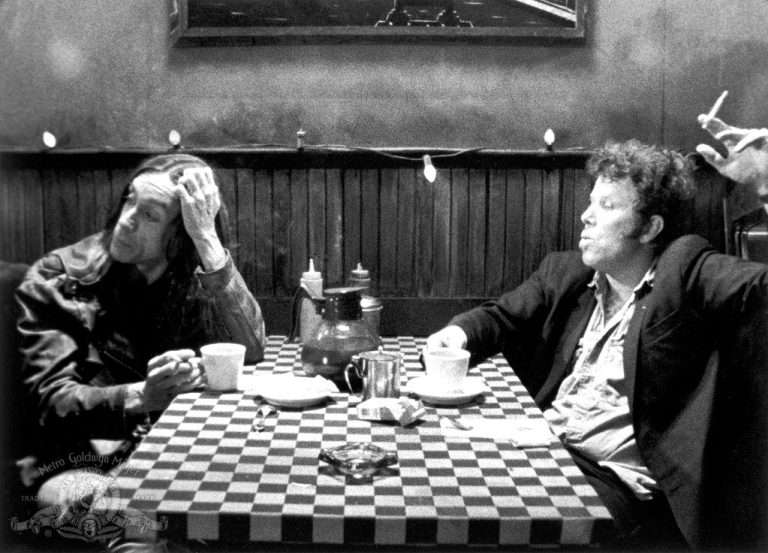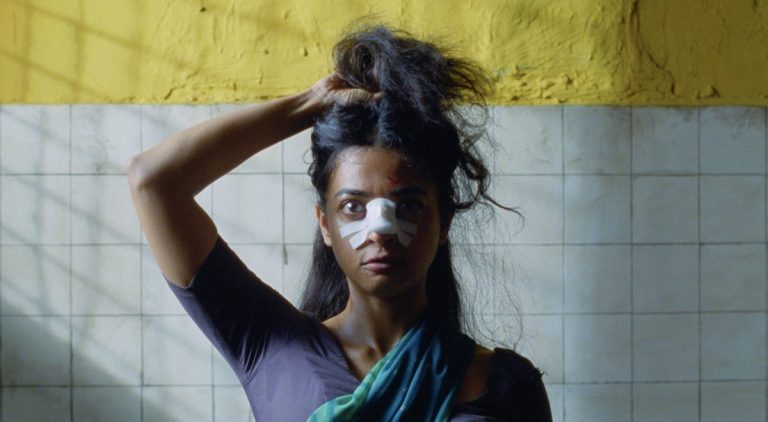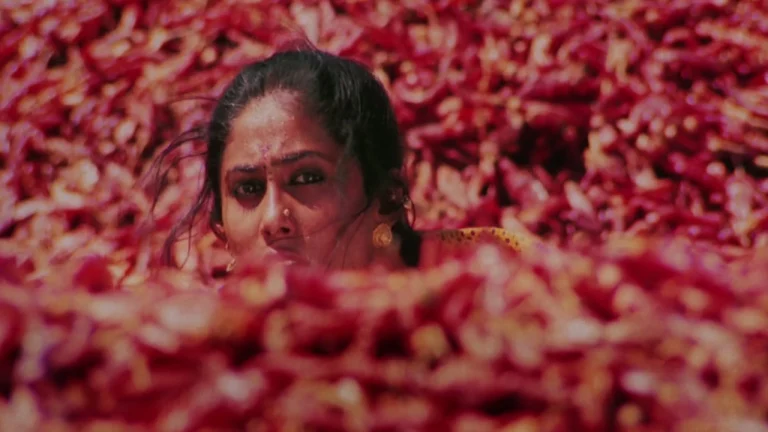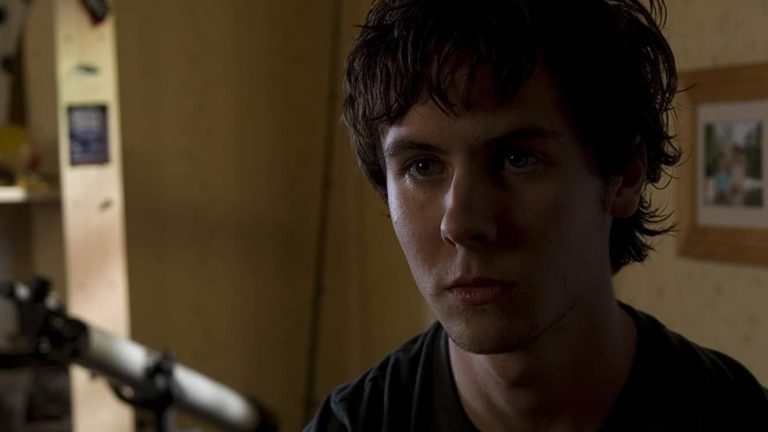When “Furiosa: A Mad Max Saga” premiered at Cannes, critics were enamored. They called it a “remarkable achievement” that “cements Furiosa as one of cinema’s greatest heroines,” and the movie received a six-minute standing ovation (though long rounds of applause have become increasingly common for high-profile releases on the Croisette). Our own review called it “vast and yet surprisingly intimate,” a novelistic Mad Max film that was its own beast. As of May 29th, 2024, the film’s critics score mirrors its healthy audience score of 90% on Rotten Tomatoes. It’s safe to say that “Furiosa” is a critical darling and that early reviews (the vast majority of which were positive) framed it as a worthy follow-up to Mad Max: Fury Road.
The reception sounded too good to be true because “Fury Road” is one of the greatest action films of all time, a towering formal achievement whose action sequences were both blisteringly kinetic and thrillingly coherent in their construction. It felt depressingly likely to me that “Furiosa” would be a disappointing cash grab, unable to live up to the greatness of what had come with “Fury Road.” When early reviews suggested that that wouldn’t be the case, film fans like myself were ecstatic: director George Miller had done it again. For myself, it was time to rejoice because a quality blockbuster, a bonafide work of art, was about to make a lot of money, and I always love it when that happens (like it did earlier this year).
Alas, the fear that “Furiosa” was a mere “cash grab” turned out to be more misguided than I thought. The film made $32 million in the American domestic box office over the Memorial Day long weekend and $33 million in other territories, bringing its worldwide total to around $65 million. While that might sound like a lot of money, it’s peanuts on the Hollywood scale. Believe it or not, Furiosa’s total is one of the worst box office hauls recorded over a Memorial Day long weekend in decades. But how can that be? Anyone who’s seen the film knows that this is a movie with tons of action and a lot of heart – it’s an emotional epic that’s a terrific crowd-pleaser. What’s more, it’s a follow-up to one of the greatest blockbusters of all time – how could a project with such a lineage fail at the box office?
Well, the answer is complicated but not so complicated as to be unforeseeable. The fact of the matter is that “Mad Max: Fury Road” wasn’t the huge box office success that people think of it as. The outstanding critical reception to the film, its multiple Oscar wins, and the consistent appraisals over the years from the likes of Steven Soderberg and Quentin Tarantino embellished its reputation, the discourse framing it as a massive success along every imaginable axis. The truth is a little less spectacular: the action picture grossed just $380 million on a budget of $150 million. If we follow the general rule of thumb that a movie needs to double its product budget to turn a profit, that means “Fury Road” only made Warner Bros. $80 million – not even enough to fund another entry in the series!
If you keep that in mind, you’ll realize that the studio had a formidable marketing challenge on its hands with “Furiosa: A Mad Max Saga.” This film is directly tied to “Fury Road” (it literally features clips from the 2015 film playing during its end credits) and was hence reliant on capturing much of the same audience. As is usually the case with prequels, however, you can only really capture a fraction of the audience that the previous entry in the series garnered, and the audience for “Fury Road” was already pretty small. Add in the fact that it stars a performer in Anya Taylor-Joy, who hasn’t ever headlined a major theatrical release, and you’ve got a steep climb ahead of you on the mountain of public awareness. It doesn’t help that the movie is R-rated and, hence, devoid of wide appeal.
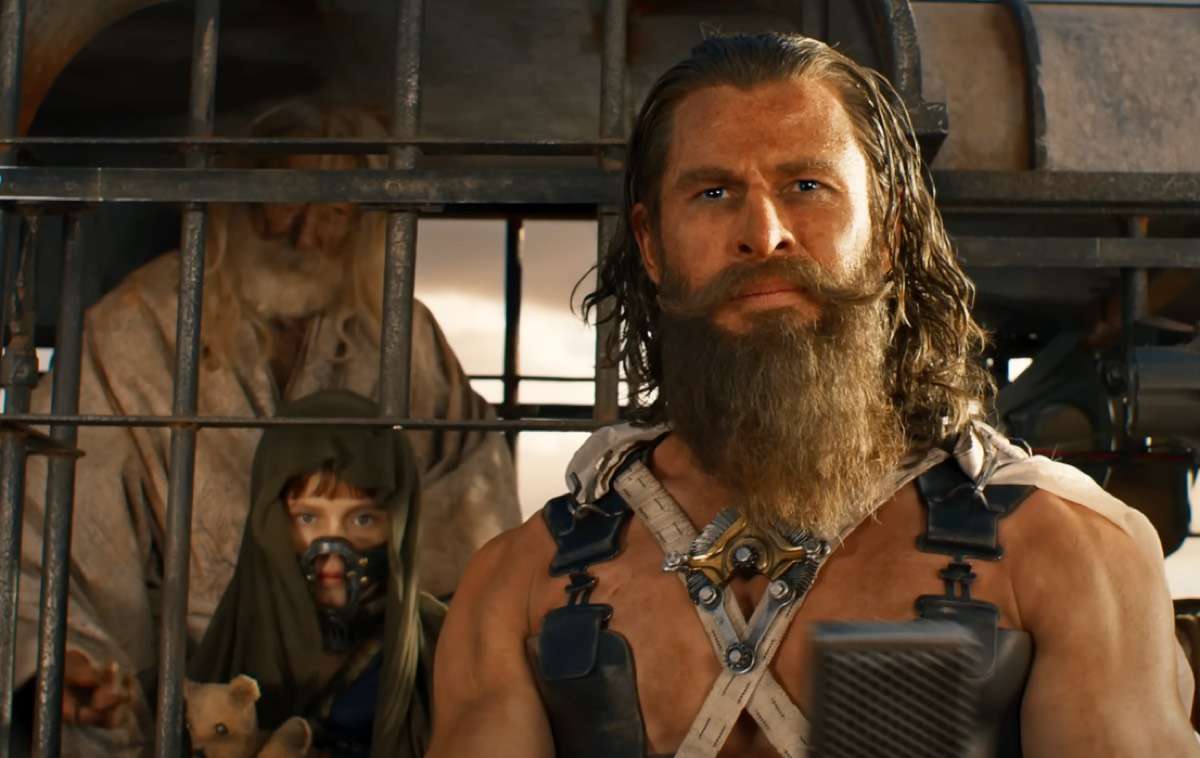
So even as they came out with a few fun trailers and pushed Chris Hemsworth’s star power as far as it could go, there was really a high chance that “Furiosa” would crash and burn. And as depressing as it is, that’s what has happened: one of the most soulful and brilliantly constructed blockbusters in ages has failed to make much of a splash at the box office. It cost more to make than “Fury Road,” with a budget of $168 million, and that doesn’t bode well for the future of the franchise either. Now, the question I asked myself after feeling my heart sink upon hearing this news was, “Why does that matter if you enjoyed the movie?”
Well, I’ve thought about it, and here’s what I’ve got: we’re currently in the middle of a transitional period in Hollywood. Superhero films aren’t making the same kind of money that they used to, which feels like a huge turning point. Incompetently produced trash like “Ant-Man 3” isn’t making a billion dollars like those of its ilk have in the past (looking at you, “No Way Home”), and that feels promising. The success of “Dune 2″ felt like a watershed moment – audiences were finally rewarding good filmmaking instead of worshiping intellectual properties. The fact that “Furiosa” isn’t receiving the same level of success tanks that hypothesis – Denis Villeneuve might’ve just gotten lucky.
The fear is that Furiosa’s failure will dissuade risk-averse Hollywood studios from cutting checks for auteurs with idiosyncratic visions. George Miller has said that he has another Mad Max film in the works – will it see the light of day if “Furiosa” fails to make a profit? That remains to be seen, but the odds are high that it won’t. Beyond the Mad Max saga, will Warner Bros. decide it’s going to invest in safe bets instead of ambitious creativity? Well, again, that remains to be seen, but the response to Furiosa’s failure has catalyzed discussion around the health of the industry as a whole, especially since it follows the weak performances of other recently released original films like “IF” and “The Fall Guy.” Will Hollywood be OK?
At the end of the day, however, as I realized after my second time watching “Furiosa” this past Tuesday, George Miller probably doesn’t care if this film makes money or not; it’s Warner Bros. that cares. What we’ve got on our hands here is a work of blockbuster art that’s about hope triumphing over despair – is it a lot to ask for us to have the same approach when thinking about the state of movies? Filmmakers will continue to find creative ways to make the films they want to make (as Francis Ford Coppola has proved with “Megalopolis”), and studios really don’t deserve any of our sympathies. Like “Fury Road” before it, it’s likely that “Furiosa” will stand the test of time – it’s a masterful companion piece to one of the greatest action films of all time.
Prior to the release of “Furiosa,” people had already forgotten that “Fury Road” didn’t make a lot of money at the box office – the same will undoubtedly hold true for “Furiosa.” It’s the films that matter, not their box office receipts. If a good film does well, that’s a reason to rejoice, but if it doesn’t, that’s just fine. Canny artists will continue to maneuver their way through the studio system and get their projects financed, and we’ll continue to get quality releases with time, box office be damned. So, who cares if “Furiosa” fails? It’s still “Furiosa.” Now excuse me, I have to book tickets for my third viewing of the film.

